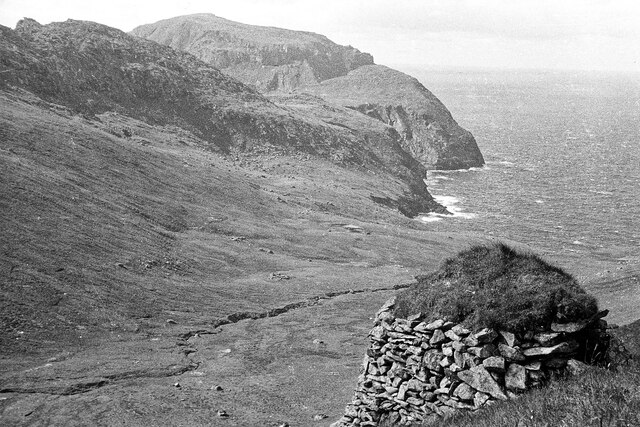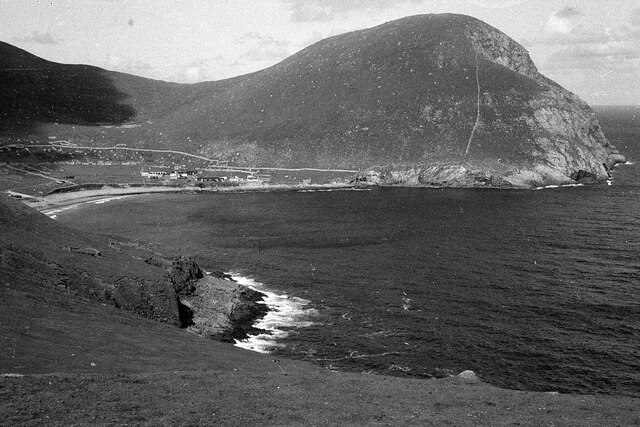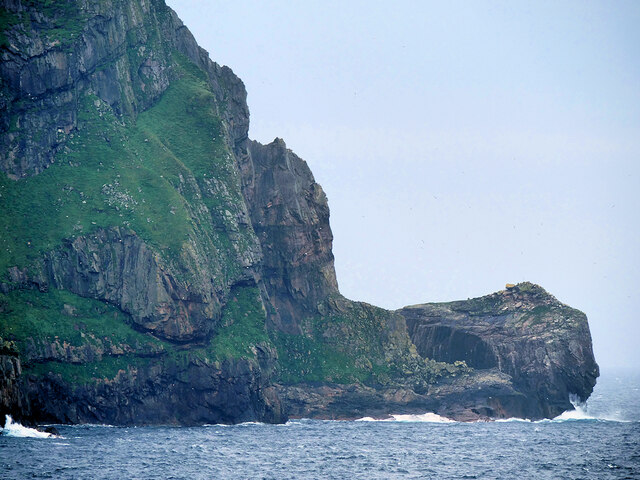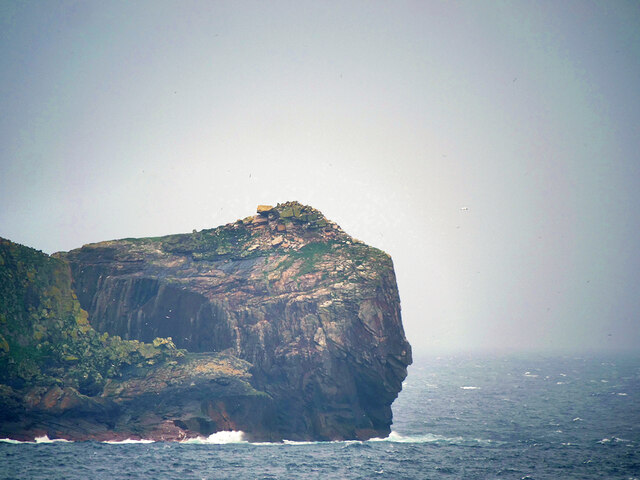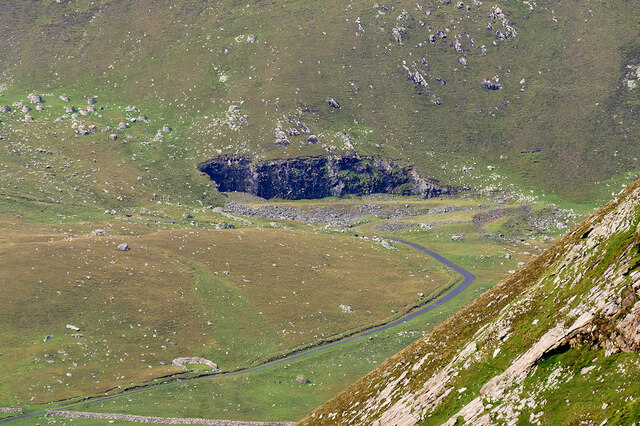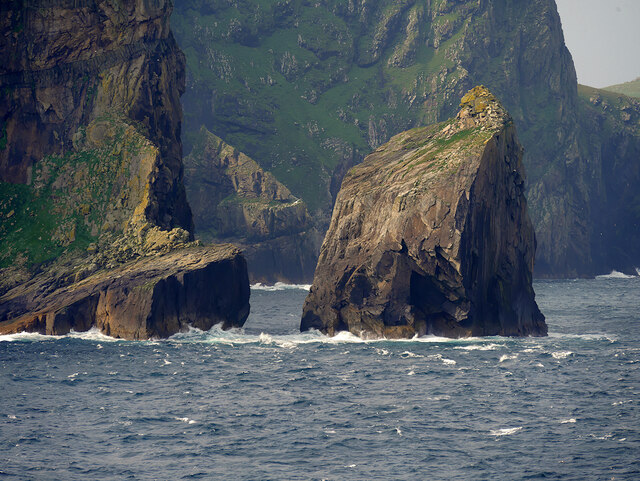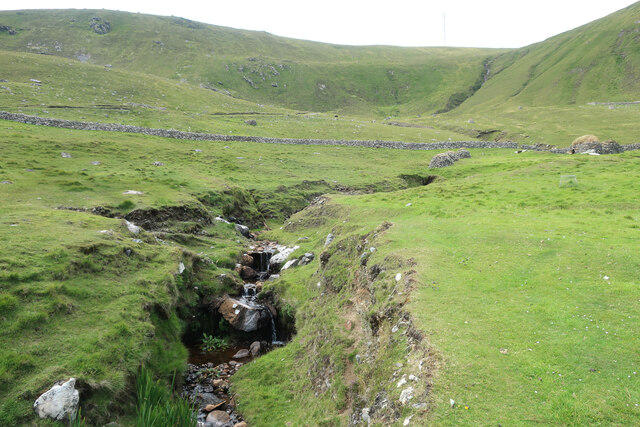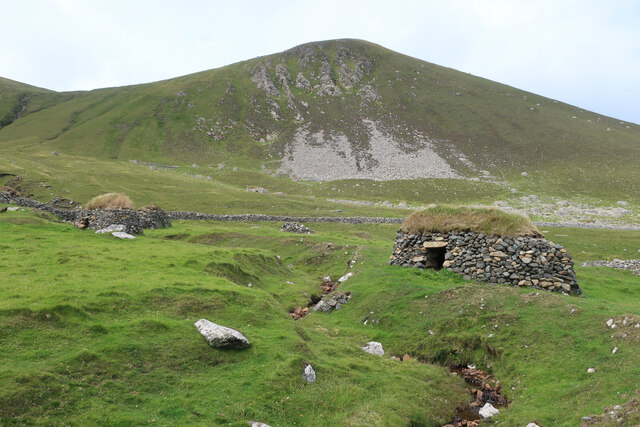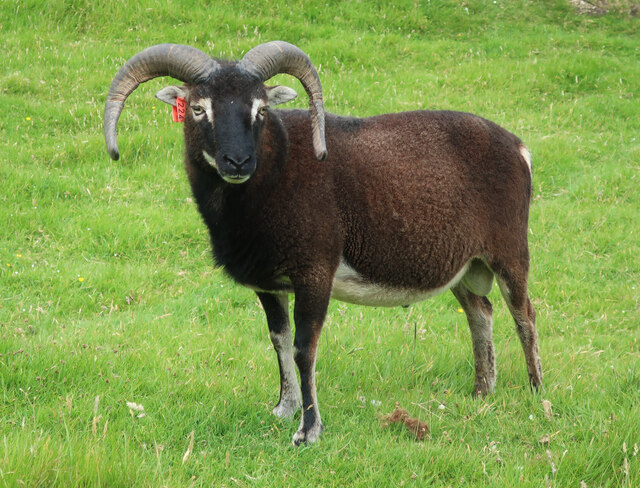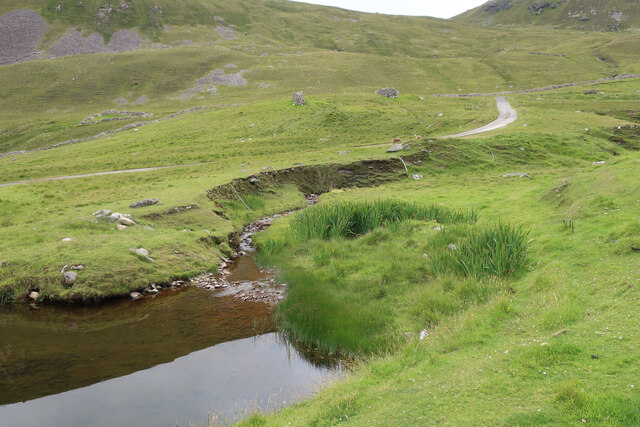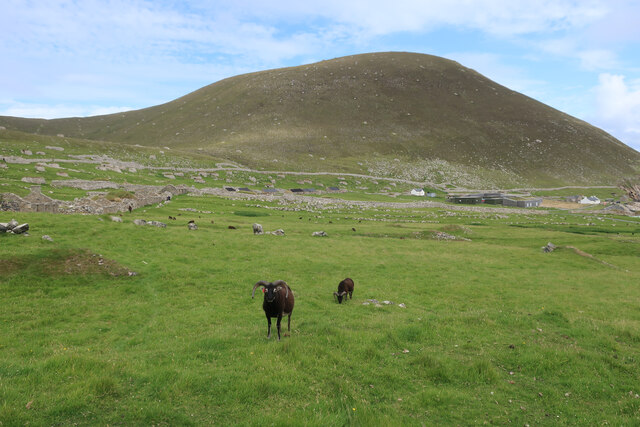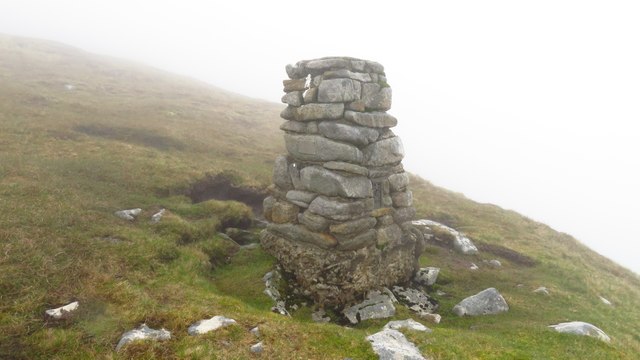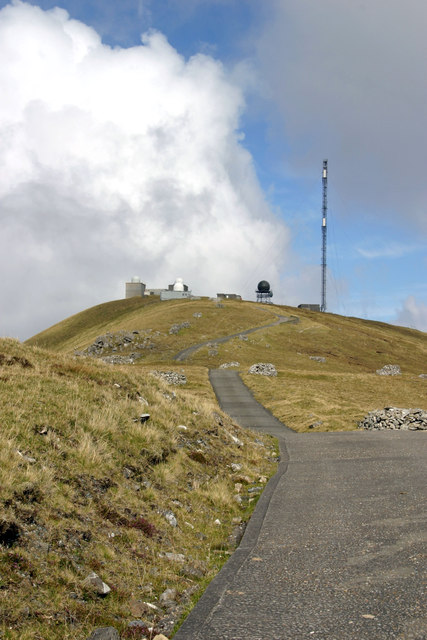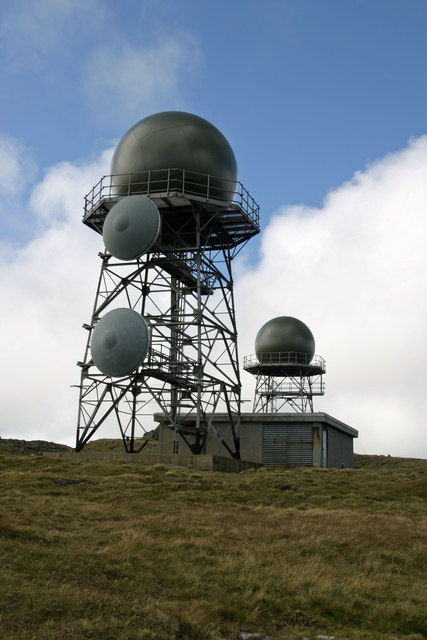Geo na Muirbhuaile
Coastal Feature, Headland, Point in Inverness-shire
Scotland
Geo na Muirbhuaile
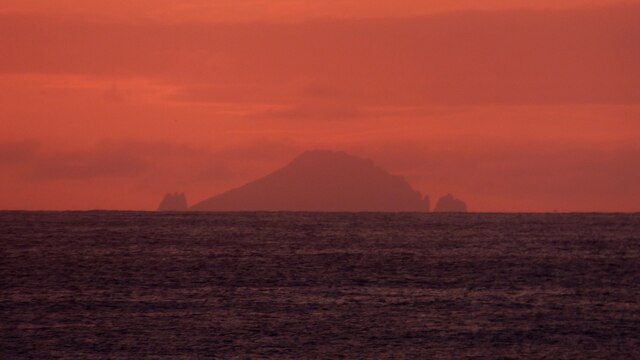
Geo na Muirbhuaile is a prominent coastal feature located in Inverness-shire, Scotland. It is a headland that juts out into the North Sea, forming a distinct and striking point along the coastline. The name "Geo na Muirbhuaile" is derived from the Scottish Gaelic language and translates to "Bay of the Seaweed."
This headland is known for its rugged beauty and dramatic cliffs that reach heights of over 100 feet, providing breathtaking views of the surrounding area. The cliffs are composed of various rock types, primarily sandstone and shale, which have been shaped over millions of years by the relentless pounding of the sea.
At the base of Geo na Muirbhuaile, there are numerous rock pools and sandy coves that are teeming with marine life. During low tide, visitors can explore these tidal pools and discover a wide variety of marine plants and animals, including seaweed, crabs, starfish, and small fish.
The headland also serves as an important nesting site for several species of seabirds, including gannets, puffins, and guillemots. These birds can be observed nesting on the cliff ledges and soaring above the sea, adding to the area's natural allure.
Access to Geo na Muirbhuaile is relatively easy, as there is a well-maintained footpath that leads from the nearby village of Inverness. The headland is a popular destination for hikers, nature enthusiasts, and photographers, who are drawn to its stunning vistas and rich biodiversity.
Overall, Geo na Muirbhuaile is a remarkable coastal feature that showcases the beauty and diversity of Scotland's natural landscape. Its rugged cliffs, abundant marine life, and nesting seabirds make it a must-visit destination for anyone exploring Inverness-shire's coastline.
If you have any feedback on the listing, please let us know in the comments section below.
Geo na Muirbhuaile Images
Images are sourced within 2km of 57.816075/-8.5543875 or Grid Reference NF1199. Thanks to Geograph Open Source API. All images are credited.
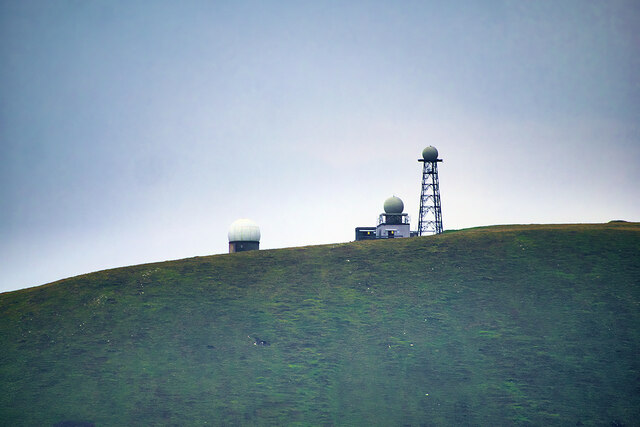
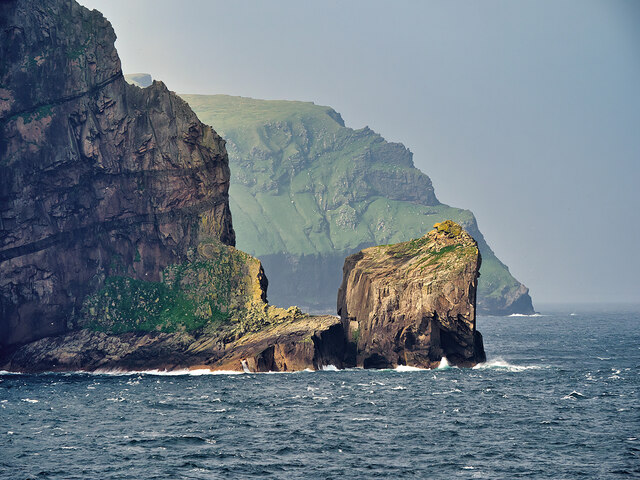
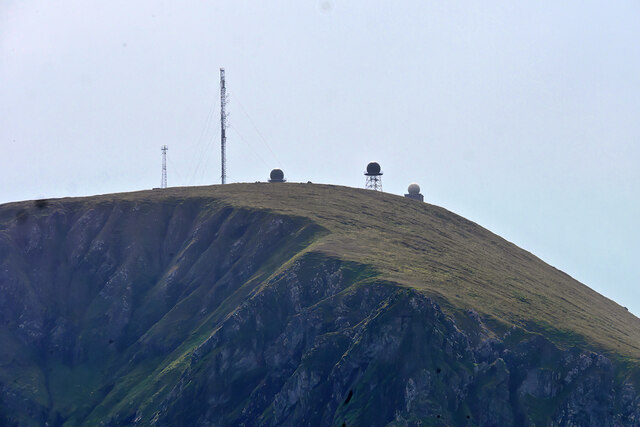
Geo na Muirbhuaile is located at Grid Ref: NF1199 (Lat: 57.816075, Lng: -8.5543875)
Unitary Authority: Na h-Eileanan an Iar
Police Authority: Highlands and Islands
Also known as: Bream
What 3 Words
///regret.toward.engaging. Near Balivanich, Na h-Eileanan Siar
Nearby Locations
Related Wikis
Hirta
Hirta (Scottish Gaelic: Hiort) is the largest island in the St Kilda archipelago, on the western edge of Scotland. The names Hiort (in Scottish Gaelic...
St Kilda, Scotland
St Kilda (Scottish Gaelic: Hiort) is an isolated archipelago situated 64 kilometres (40 mi) west-northwest of North Uist in the North Atlantic Ocean. It...
Dùn
Dùn is an island in St Kilda, Scotland. It is nearly 1 mile (1.6 kilometres) long. Its name simply means "fort" in Scottish Gaelic (for more information...
Stac Levenish
Stac Levenish or Stac Leibhinis (sometimes simply called Levenish/Leibhinis) is a sea stack in the St Kilda archipelago in Scotland. Lying 2.5 kilometres...
Nearby Amenities
Located within 500m of 57.816075,-8.5543875Have you been to Geo na Muirbhuaile?
Leave your review of Geo na Muirbhuaile below (or comments, questions and feedback).
